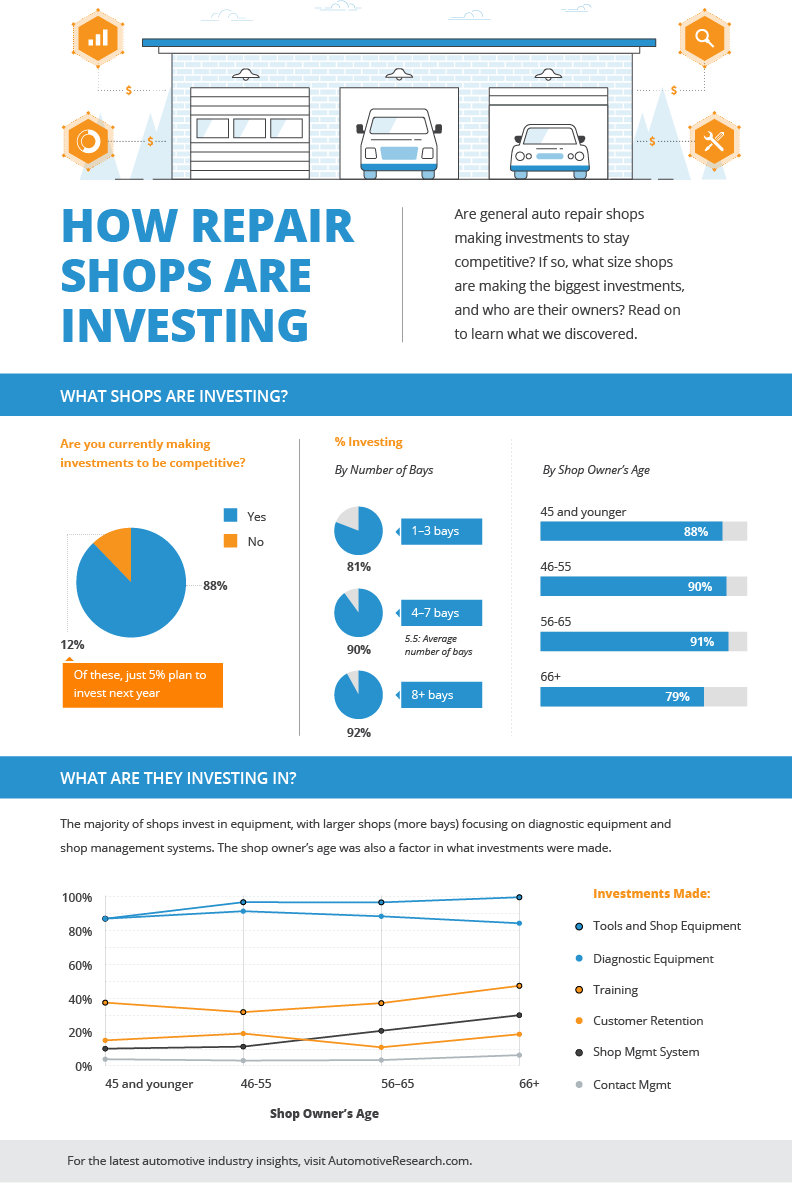Understanding The Meaning Behind Your Car'S Warning Lights: An In-Depth Appearance
Understanding The Meaning Behind Your Car'S Warning Lights: An In-Depth Appearance
Blog Article
Content Created By-Hartley Torres
When you lag the wheel, those radiant warning lights on your control panel can be a little bit puzzling. Do you know what they're attempting to inform you regarding your vehicle's health and wellness? Understanding the relevance of these lights is crucial for your safety and the durability of your lorry. So, the next time among those lights pops up, wouldn't you want to decode its message properly and take the necessary actions to resolve it?
Common Caution Lights and Interpretations
Recognize typical caution lights in your auto and recognize their significances to guarantee safe driving.
One of the most common warning lights consist of the check engine light, which signals issues with the engine or emissions system. If this light begins, it's critical to have your car checked without delay.
The oil stress warning light suggests reduced oil stress, needing prompt focus to avoid engine damages.
A blinking battery light might suggest a defective billing system, possibly leaving you stranded if not attended to.
The tire pressure monitoring system (TPMS) light informs you to low tire pressure, impacting lorry stability and fuel performance. Disregarding this can bring about hazardous driving conditions.
east side detailing suggests a problem with the anti-lock braking system, compromising your capability to quit quickly in emergency situations.
Lastly, the coolant temperature level warning light warns of engine overheating, which can result in extreme damage otherwise settled swiftly.
Understanding these common caution lights will certainly aid you deal with problems without delay and preserve secure driving conditions.
Importance of Prompt Focus
Comprehending the usual caution lights in your cars and truck is just the first step; the value of promptly resolving these warnings can not be stressed sufficient to guarantee your safety when driving.
When https://mynbc15.com/news/local/auto-body-shops-hit-with-supply-chain-issues illuminates on your control panel, it's your automobile's means of connecting a possible issue that needs focus. Ignoring these cautions can bring about a lot more serious problems in the future, compromising your security and possibly costing you more out of commission.
Trigger attention to advising lights can prevent malfunctions and accidents. As an example, a flashing check engine light can indicate a misfire that, if left unattended, can trigger damage to the catalytic converter. Addressing this without delay can save you from an expensive repair work.
Likewise, a brake system cautioning light might indicate low brake liquid or used brake pads, crucial parts for your security when driving.
Do It Yourself Troubleshooting Tips
If you notice a caution light on your dashboard, there are a couple of do it yourself repairing suggestions you can try prior to looking for specialist assistance.
The initial step is to consult your car's manual to understand what the specific warning light shows. Often the concern can be as straightforward as a loose gas cap causing the check engine light. Tightening the gas cap might solve the problem.
An additional usual concern is a reduced battery, which can trigger different cautioning lights. Inspecting interior car cleaning near me for deterioration and guaranteeing they're safe may deal with the trouble.
If a caution light persists, you can try resetting it by separating the car's battery for a few minutes and then reconnecting it. In addition, inspecting your car's fluid degrees, such as oil, coolant, and brake liquid, can assist repair advising lights related to these systems.
Verdict
Finally, understanding your automobile's warning lights is vital for keeping your automobile running smoothly and safely. By immediately dealing with these alerts and recognizing what they imply, you can stay clear of pricey repairs and possible breakdowns.
Keep in mind to consult your automobile's guidebook for particular details on each warning light and act accordingly to guarantee a hassle-free driving experience.
Keep notified, remain secure when driving!
